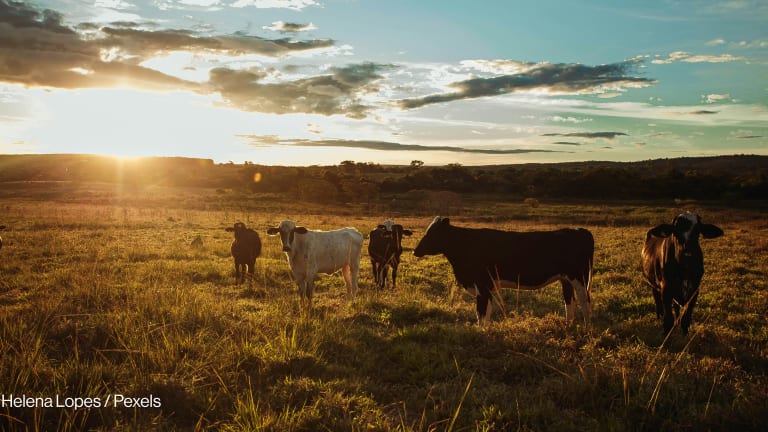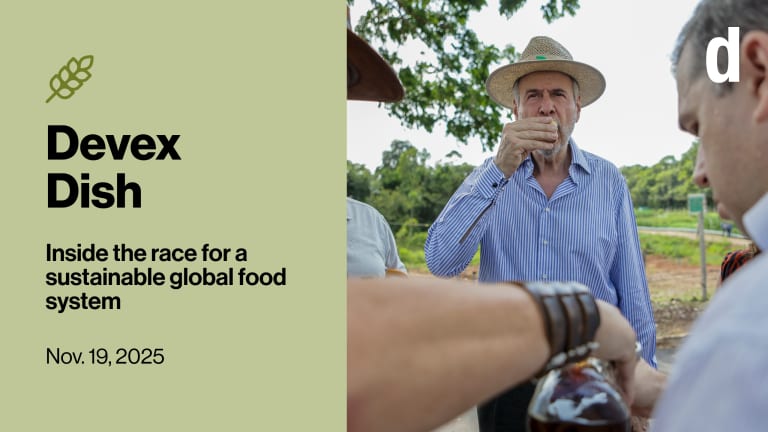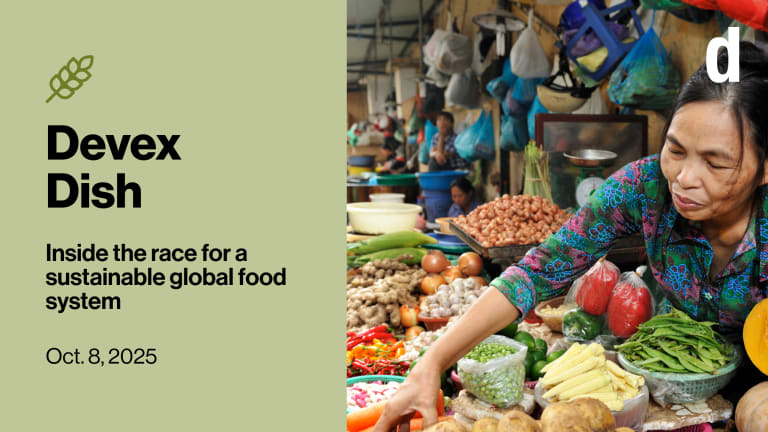Greetings this week from here in Washington, D.C., where I’m writing to you from the last day of the first AIM for Climate, or AIM4C, Summit. Food systems and climate experts have traveled here from all over the world to discuss how climate-smart agriculture can help improve global food security while helping to meet climate goals.
AIM — which stands for Agriculture Innovation Mission — for Climate was launched by the United States and United Arab Emirates at the 26th United Nations Climate Change Conference, or COP 26, in 2021, with the intention of increasing financing for climate-smart agriculture. U.S. special envoy for climate John Kerry set a goal at COP 27 to reach $10 billion in investment by this year’s COP 28.
On Monday, U.S. Agriculture Secretary Tom Vilsack announced partners of the initiative have committed more than $13 billion to date, surpassing Kerry’s goal. This includes over $200 million in research and development financing from USAID. Another part of the initiative is what they’re calling “innovation sprints,” or self-financed projects undertaken by nongovernment partners. Twenty-one new sprints were announced, bringing the total number to 51.








